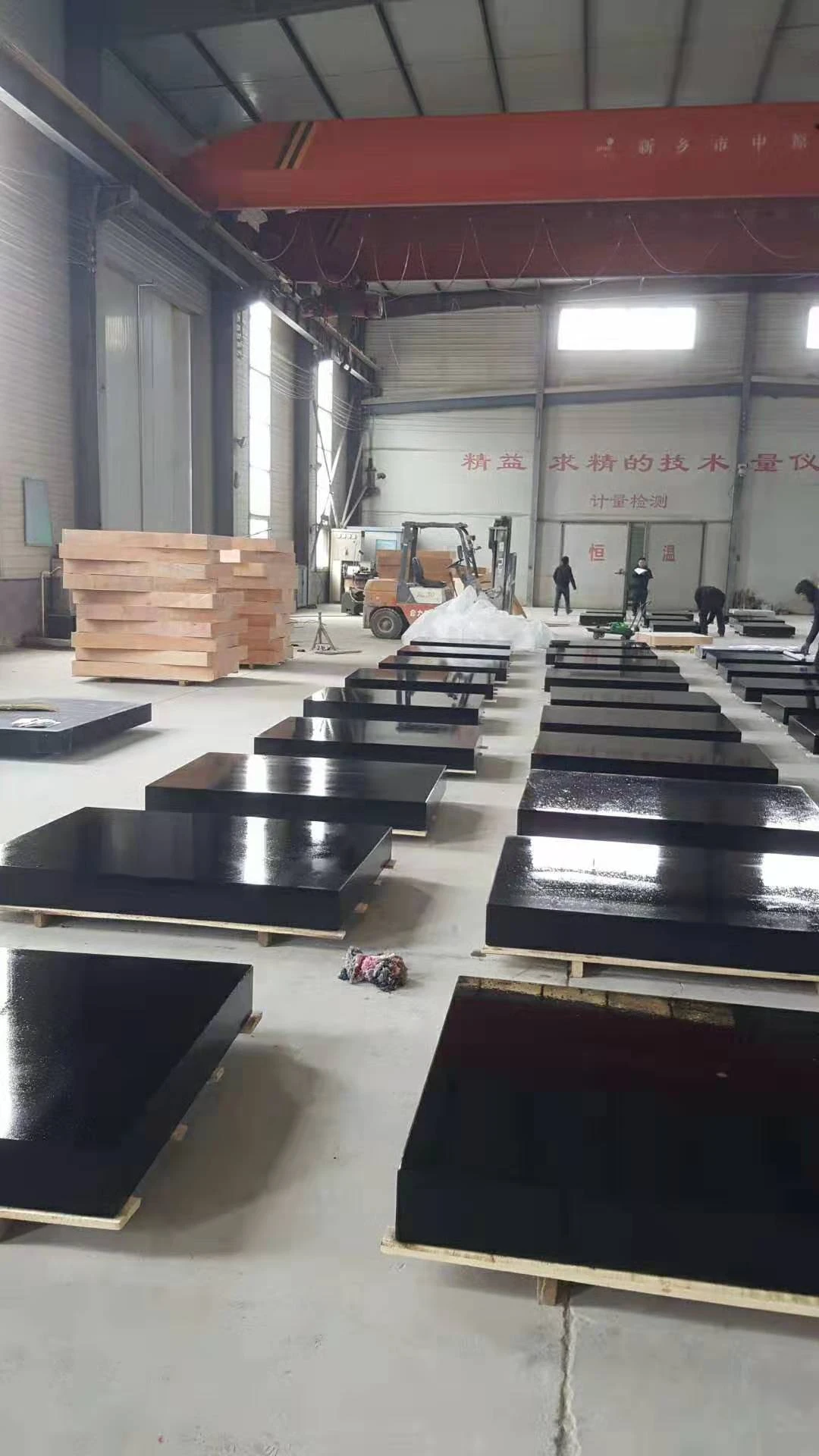נוב . 15, 2024 22:22 Back to list
water pressure regulating valve
Understanding Water Pressure Regulating Valves A Key Component for Efficient Water Management
Water pressure regulating valves (WPRVs) are crucial devices in both residential and industrial water systems. They are designed to maintain a consistent water pressure within a specific range, ensuring that water flows seamlessly through plumbing systems without damaging pipes or appliances. This article explores the importance of WPRVs, their working mechanisms, installation considerations, maintenance needs, and their benefits in water conservation.
What is a Water Pressure Regulating Valve?
A water pressure regulating valve is a mechanical device that automatically adjusts and maintains the water pressure in a plumbing system. These valves can reduce high incoming water pressure from municipal systems, ensuring that the water reaching homes and businesses is within safe operating limits. Typically, residential water pressure should be maintained between 40 and 60 psi (pounds per square inch). If the pressure exceeds this range, it can lead to leaks, bursts, and damage to plumbing fixtures.
How Do WPRVs Work?
Water pressure regulating valves operate on a simple principle they adjust the flow of water based on the pressure detected in the system. When water enters the valve, it encounters a diaphragm or piston that regulates the flow. If the incoming pressure is too high, the diaphragm pushes against a spring, which narrows the valve opening, reducing the flow and thus lowering the pressure. Conversely, if the pressure drops below the desired level, the valve opens wider to allow more water flow, thereby boosting the pressure back to the acceptable range.
Installation Considerations
Installing a water pressure regulating valve is a straightforward process, but it requires some technical knowledge and tools. It is essential to determine the right size and type of valve based on the specific plumbing system requirements. The valve should be installed on the main water line before it branches off to the various fixtures in the house. Proper positioning is vital for optimal performance. Additionally, the valve must be placed in an accessible location for future maintenance and adjustments.
For those unfamiliar with plumbing work, hiring a licensed plumber is advisable to ensure proper installation. They can help select the right valve and position it appropriately, taking into consideration factors like the configuration of the pipes, existing water pressure levels, and potential future adjustments.
water pressure regulating valve

Maintenance of WPRVs
Regular maintenance of water pressure regulating valves is essential for ensuring their longevity and efficiency. Homeowners should periodically check for leaks around the valve and inspect it for any signs of wear or corrosion. It's also beneficial to monitor water pressure levels using a pressure gauge. If the pressure fluctuates excessively or doesn't fall within the desired range, it may indicate that the valve needs adjustment or replacement.
Benefits of Water Pressure Regulating Valves
Incorporating WPRVs into a plumbing system offers several advantages
1. Protection of Plumbing Systems By controlling water pressure, these valves help reduce the risk of pipe bursts and leaks, ultimately protecting the entire plumbing system.
2. Extended Appliance Life Appliances such as washing machines, dishwashers, and water heaters benefit from stable water pressure, leading to less wear and tear and prolonging their lifespan.
3. Water Conservation By maintaining optimal pressure levels, WPRVs can aid in reducing water wastage, contributing to environmental conservation efforts and lowering water bills.
4. Enhanced Fixture Performance Proper pressure regulation can lead to improved performance of faucets, showerheads, and hoses, providing a better user experience.
In conclusion, water pressure regulating valves are indispensable components of modern plumbing systems. They help safeguard infrastructure, promote efficient water use, and enhance the overall functionality of water delivery systems. Investing in a quality WPRV and ensuring it is correctly installed and maintained is a wise decision for any homeowner or facility manager looking to protect their assets and conserve resources.
-
Understanding Different Valve Types in Wholesale ProcurementNewsJul.09,2025
-
Type of Strainer Maintenance Tips for LongevityNewsJul.09,2025
-
Measuring Tool Basics for EngineersNewsJul.09,2025
-
Level Ruler Maintenance TipsNewsJul.09,2025
-
Key Features of Different Types of Butterfly Valves for SaleNewsJul.09,2025
-
Features of Granite Inspection BlockNewsJul.09,2025
Related PRODUCTS









